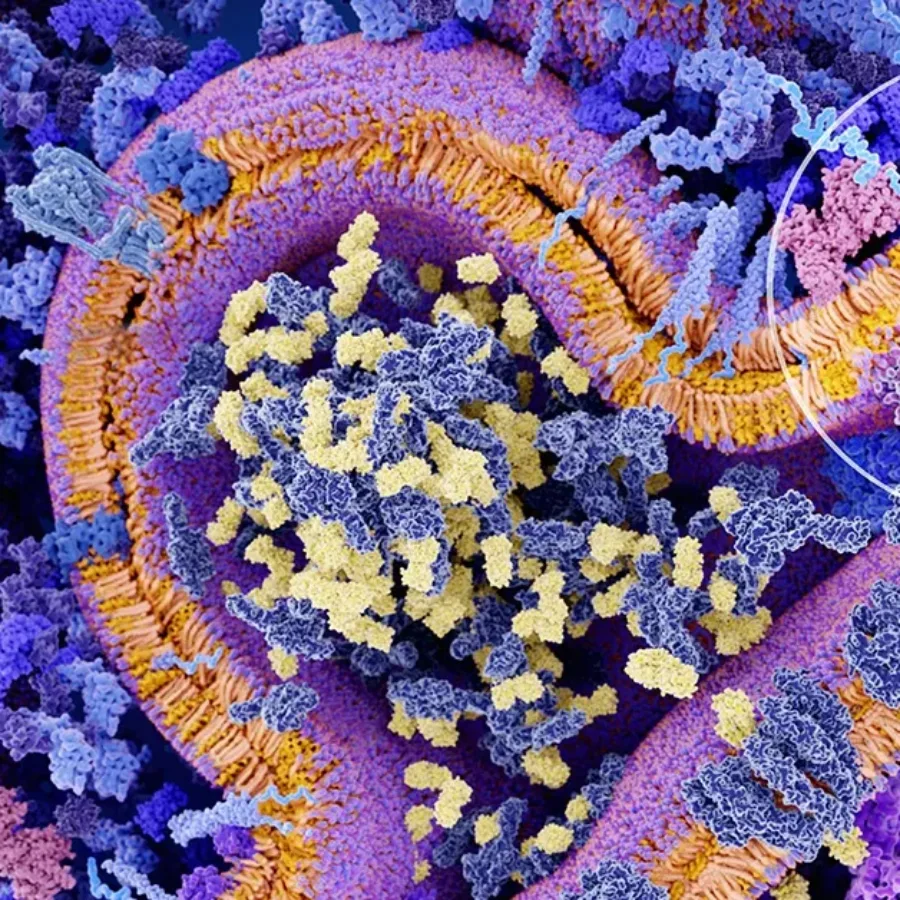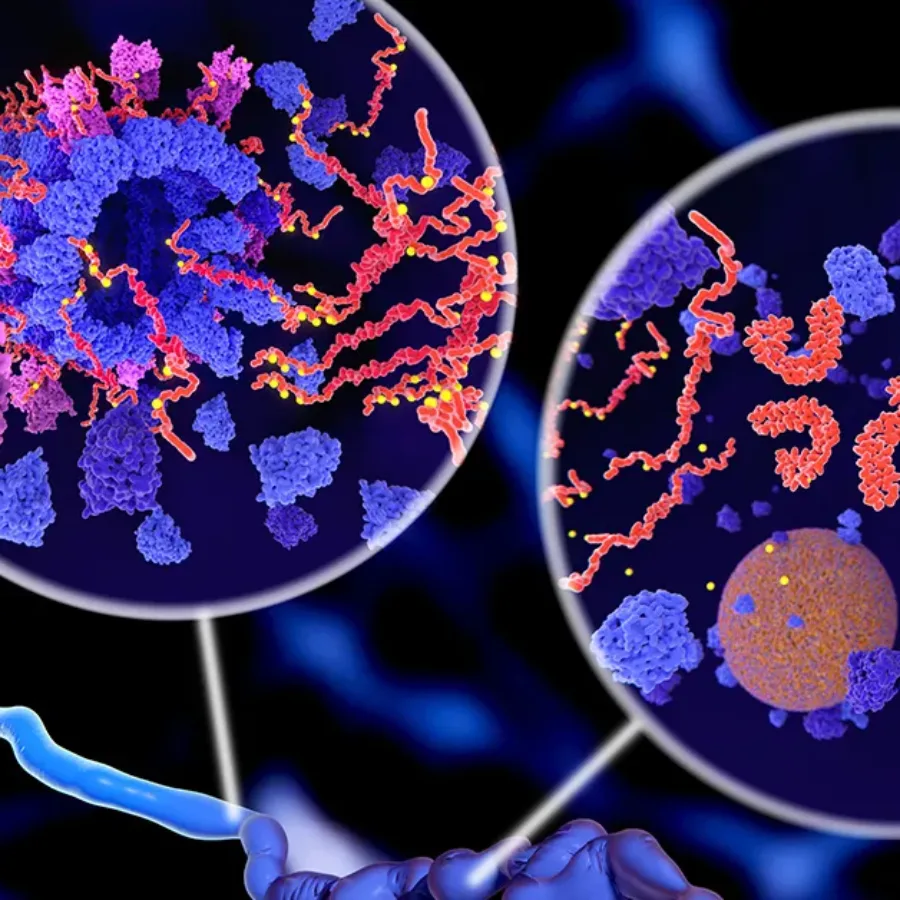 Blogs
Blogs
Flow cytometry is a powerful technique for characterizing immune responses to vaccines, immunotherapeutic drugs, and other clinical interventions. But many preclinical and clinical studies may take place at sites that are not in the same location as the flow cytometry lab. That’s why it’s critical to determine how clinical specimens should be collected, processed, stored, and shipped to assure that cells will be viable and abundant enough for flow cytometry analysis.
 Blogs
Blogs
The flow cytometry market is filled with an abundance of products for mouse and human samples. But what if your studies use different species? Fortunately, many antibodies for standard cell markers can work on multiple species, and more species-specific reagents are becoming available.
 Blogs
Blogs
With the rapid progress of immune-monitoring drug development, flow cytometry has found itself increasingly at the forefront of clinical trial assessment of safety and efficacy. This is not without challenges since flow cytometry analysis can be complicated and expensive, too often employs idiosyncratic experimental and analytical methods. So how can a platform without standardized methods and processes, be successfully applied to evaluate clinical endpoints?
 Blogs
Blogs
Data by FlowMetric All flow cytometry experiments begin with similar basic set up protocols to assure that the equipment is functioning properly and that samples can be measured accurately. Using a flow cytometry gating strategy is an essential step during this set up phase as it assures that the correct cell populations are being measured. Here are factors to consider as you determine how you want to establish your flow cytometry gating strategy for your next experiment.
 Blogs
Blogs
Flow cytometry assays are important for preclinical and clinical research, however, it is vital to understand the level of compliance required for the stage of research you are completing. Flow Cytometry assays completed for toxicology and safety assessments are required to be in compliance of Good Laboratory Practices (GLP), on the other hand, basic research or discovery/exploratory studies can be non-GLP. GLP refers to a set of standards for laboratory studies to be planned, performed, monitored, reported, and archived. Preclinical and clinical studies must be GLP-compliant in order to be submitted for review by regulatory agencies like the FDA. Consider these three points if you find yourself in need of a GLP-compliant flow cytometry assay.
 Blogs
Blogs
There is no question that the discovery of vaccines spearheaded the path of modern medicine and in so doing, eradicated at least two diseases, smallpox, and rinderpest from the global population. Today’s modern vaccines are being developed not only to tackle infectious diseases but also for the treatment and prevention of autoimmune diseases and cancers. Whereas vaccines for infectious diseases and cancer are designed to provoke a specific Th 1-driven immune response to target and reject the tumor or pathogen, vaccines driving Th 2 responses appear to be the best at targeting autoimmune diseases. Understanding the driving factors behind these underlying responses is central to the development of safe and effective vaccines, and flow cytometry provides unprecedented clarity on how the immune system responds to different vaccine strategies.
 Blogs
Blogs
Chimeric antigen receptor (CAR) T cell therapy is transforming patient-specific cancer treatment, even for the most challenging forms of cancer. CAR T cells are made by isolating a patient’s T cells from the blood and engineering them in the lab so that they can specifically fight the patient’s cancer. This custom-made biologic is both time and labor-intensive and extremely costly, but it is also an extremely effective form of treatment.
 Blogs
Blogs
Receptor occupancy (RO) assays are a powerful tool for pharmacokinetic/pharmacodynamic evaluations of candidate drugs and biologics. RO assays can also be used toward dose selection for candidate molecules being evaluated in clinical trials. Flow cytometry-based RO assays are currently being used in many sectors of biopharmaceutical drug development. Consider these five things to know about RO assays if you are planning to use this type of assay in your preclinical research.
 Blogs
Blogs
Fluorescence-activated cell sorting is a powerful tool for basic and clinical research because individual cells can be separated from a heterogeneous sample and used for downstream analysis or therapeutic applications. A fluorescent activated cell sorter works in a similar way as a flow cytometer. A single-cell suspension of fluorescently labeled cells pass through a fluidic system, and lasers excite the fluorescent molecules, which causes a change in the charge of the droplet containing the cell. This shift in charge is used to divert each droplet into a collection tube so relatively pure cell populations can be collected. Cell sorting can be done by any researcher, but many scientists work with contract research organizations that have expertise optimizing protocols for different yields or levels of purity.
 Blogs
Blogs
The term 'Dendritic Cells' (DCs) represents a family of immune cells derived from CD34+ hematopoietic stem cells in the bone marrow, with various functions that provide a key link between the innate and adaptive immune responses. The most widely described function of DCs is to capture, process, and present antigens to adaptive immune cells and mediate their transition to effector functions. In fact, DCs are the only antigen-presenting cells capable of stimulating naïve T-cells. In recent years, DCs have become the focus of translational research efforts to describe the role these cells play in allergies, autoimmunity, and cancer as well as their role in vaccine responses. In this blog, we explore the flow cytometry approaches used to examine DCs and their potential as therapeutic targets.
 Blogs
Blogs
Phosphoflow cytometry assays are becoming a valuable tool for researchers developing immuno-oncology applications because data from these assays can provide critical mechanistic insights. Phosphoflow assays measure phosphorylated proteins in cells, which is a critical readout for cell signaling responses. Check out these five facts about phosphoflow cytometry and consider adding this tool to your cytometry toolbox.
 Blogs
Blogs
Flow cytometry is a valuable research tool because it can generate abundant amounts of very detailed data, but this often means that scientists need to deal with moving and storing large amounts of digital data. In addition, many flow cytometry users run their experiments at a site separate from their lab or work with an offsite contract research organization (CRO) that runs their flow cytometry experiments. This means that flow cytometry data transfer is an issue that researchers must address even in the planning stages of their flow cytometry experiments. Consider these factors related to transferring large datasets for flow cytometry.